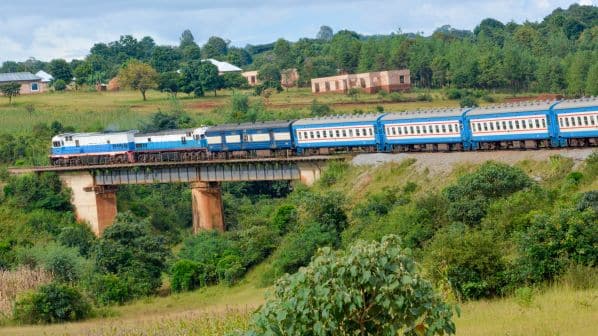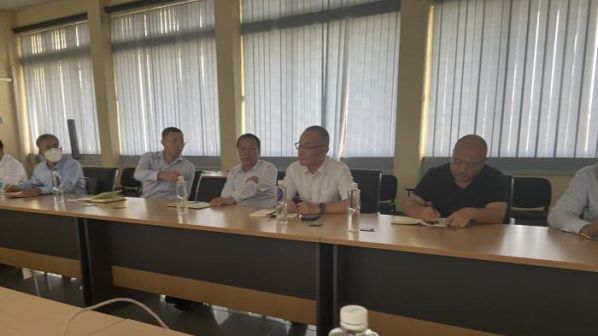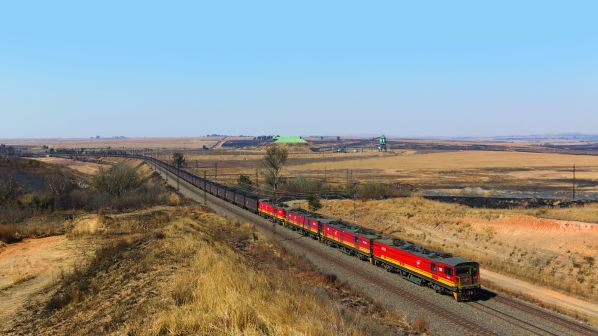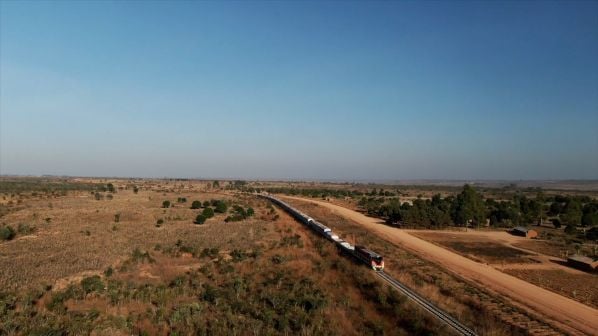CHINA has proposed a $US 1bn upgrade of the Tanzania-Zambia Railway Authority’s (Tazara) 1067mm-gauge line from Dar es Salaam in Tanzania to Kapiri-Mposhi in Zambia’s copper belt as the race to develop new infrastructure to transport central Africa’s mineral wealth heats up.
China’s ambassador to Zambia, Mr Du Xiaohui, handed the proposal to Zambian transport minister, Mr Frank Tayali, on February 8. It is based on the findings of a report by a 11-member taskforce from China Civil Engineering Construction Corporation (CCECC), which was assigned to conduct a comprehensive business and technical inspection of the railway in December.
Du revealed that the project would be undertaken as a public-private partnership (PPP) and Tayali was quoted as expressing his excitement that “Chinese experts will work alongside Zambian labour” after being briefed on the details of the report. Further information was not disclosed.
China selected CCECC to negotiate a PPP concession to operate Tazara under a build-operate-transfer model in November. China is seeking to use the line to move mineral exports from Zambia and the Democratic Republic of Congo (DRC).
China’s president, Mr Xi Jinping, promised to support the upgrade of the railway during a visit to China by the presidents of Tanzania and Zambia in 2022, describing it as a “symbol of China-Africa friendship.”
China provided the finance and manpower to build the 1860km Tazara line between 1970 and 1975. However, Tazara’s performance has suffered in recent years as the condition of both the single-track infrastructure and rolling stock have deteriorated.
Tazara’s managing director, Mr Bruno Ching’andu, told a visiting Chinese government delegation in August that despite average annual growth of 19% in the past seven years, “performance was not good enough” to meet the railway’s breakeven point of 600,000 tonnes per year, with only 12 services running per day, short of the required 27.
Tazara proposed an upgrade of the line to standard gauge under a PPP model in 2022, matching other standard gauge railway projects underway across Tanzania.
Lobito Corridor
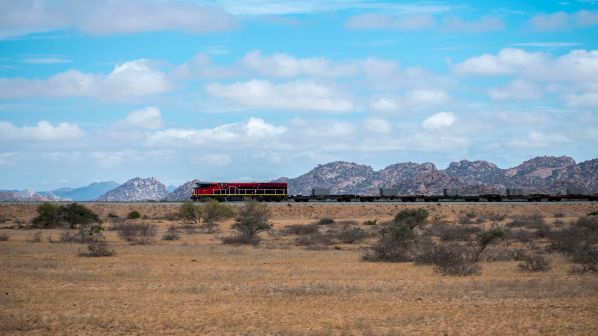
China’s support for the upgrade of the railway to the east coast of Africa comes as the United States confirmed financial support last week for the redevelopment of the 1744km Lobito Corridor. The line runs east from Benguela and Lobito on the Angolan coast to the DRC.
The $US 250m loan was confirmed by the US International Development Finance Corporation (DFC) deputy CEO, Ms Nisha Biswal, during the Partnership for Global Infrastructure and Investment’s (PGI) Lobito Corridor Investor Forum held in Lusaka, Zambia.
The loan is to the Africa Finance Corporation, which is leading efforts to develop a second phase of the Lobito Corridor under a memorandum of understanding signed with the United States, the European Union, Angola, DRC, Zambia and the African Development Bank (AfDB) in October.
The funding will support the Lobito Atlantic Railway (LAR) consortium, which is upgrading and operating the 1067mm-gauge railway under a 30-year concession with the Angolan government, which commenced in July 2023.
The consortium of Trafigura, Mota-Engil and Vecturis is investing more than $US 450m to upgrade infrastructure and purchase rolling stock for use within Angola. A further $US 100m investment is planned on infrastructure in the DRC.
Commercial agreement
In addition, Trafigura and Kamoa-Kakula confirmed a six-year partnership on February 6 to transport minerals via the Lobito Corridor, the first long-term commercial commitment to use the railway under the new concession.
Under the agreement, the Kamoa-Kakula copper complex, a joint venture between Ivanhoe Mines and Zijin Mining, has been allocated a minimum annual capacity of 120,000 tonnes and up to 240,000 tonnes to transport copper products - blister anodes or concentrate - on the railway from 2025. The agreement includes an initial commitment to transport 10,000 tonnes during 2024 as the railway ramps up operations.
Under the concession, Trafigura will have up to 450,000 tonnes of annual export capacity on the railway from 2025.
The agreement was signed at the Investing in African Mining Indada conference held in Cape Town on February 7. During the event, Trafigura CEO, Mr Francisco Franca, said that exports of copper sulphate using the railway began at the start of the year and that “we have been running regular trains since then.”
“The transit time from Kolwezi to Lobito is now down to five days,” Franca said. “That compares with the other transport corridors in the region that take almost a month. So, this really is good news for the mining sector.”
Franca added that LAR is pushing ahead with its investment plans to increase the capacity of the railway.
“We are investing in training, in rolling stock and infrastructure,” he said. “Our target is to reach annual export capacity of 1 million tonnes per annum before the end of the decade.”
